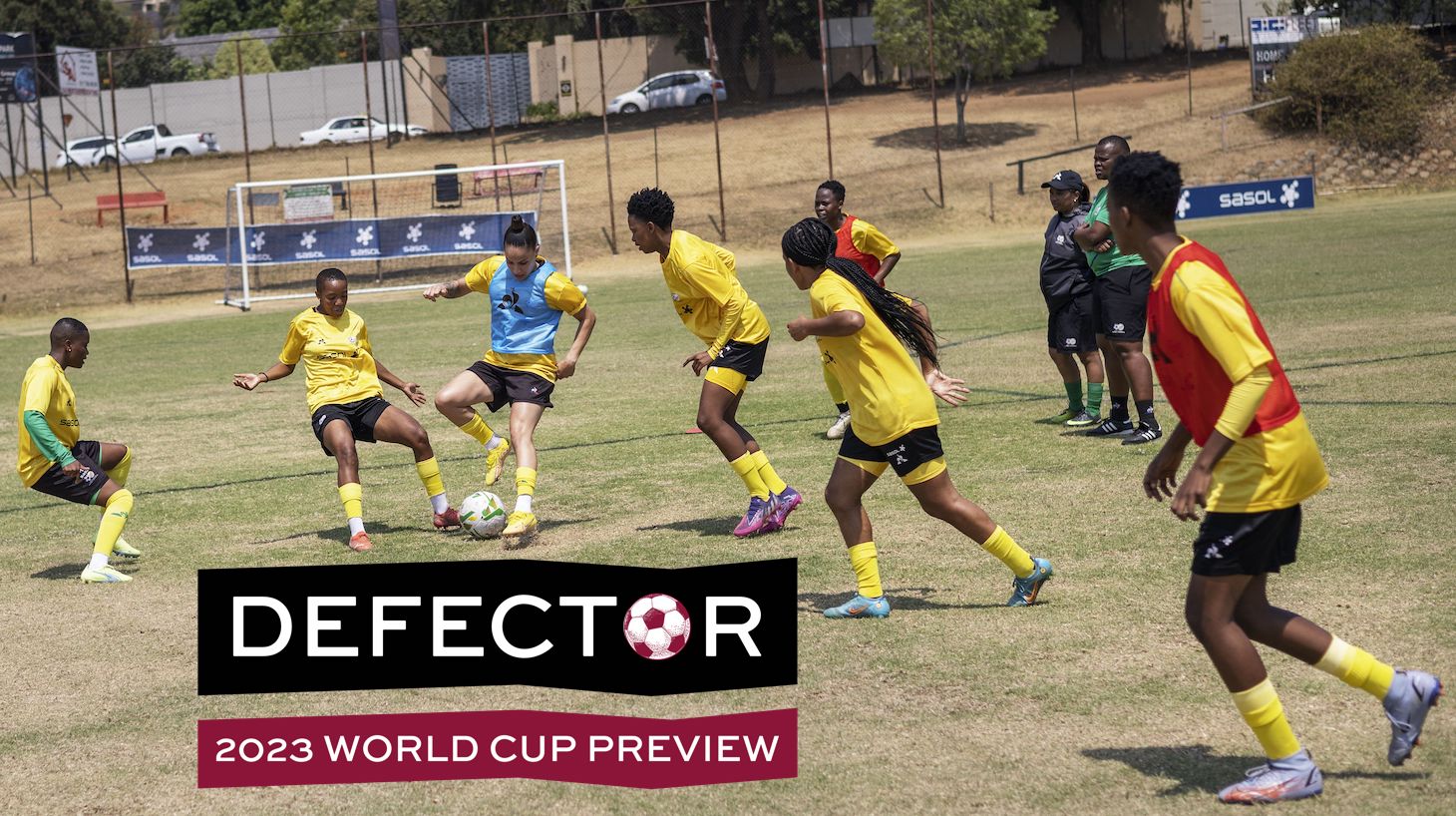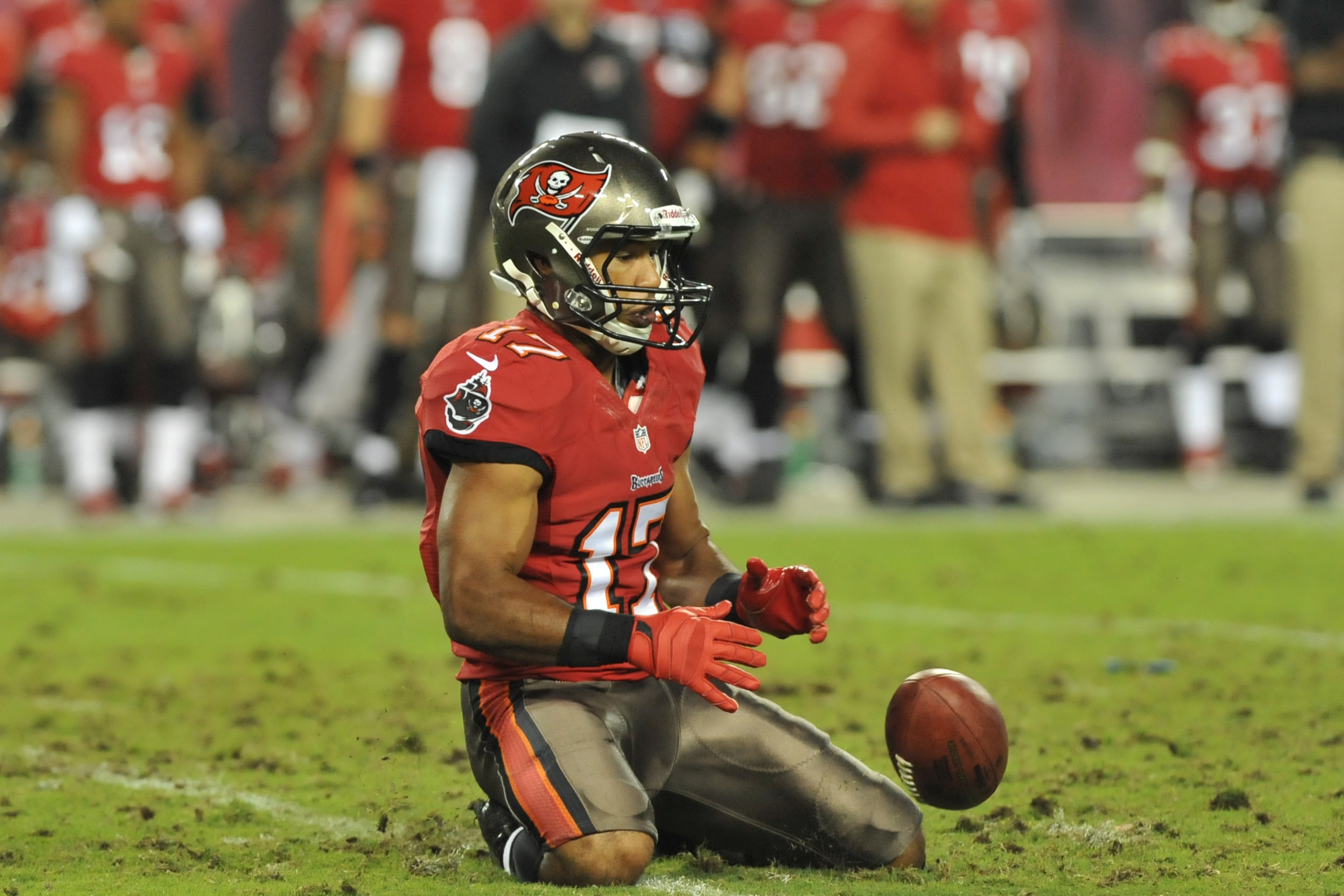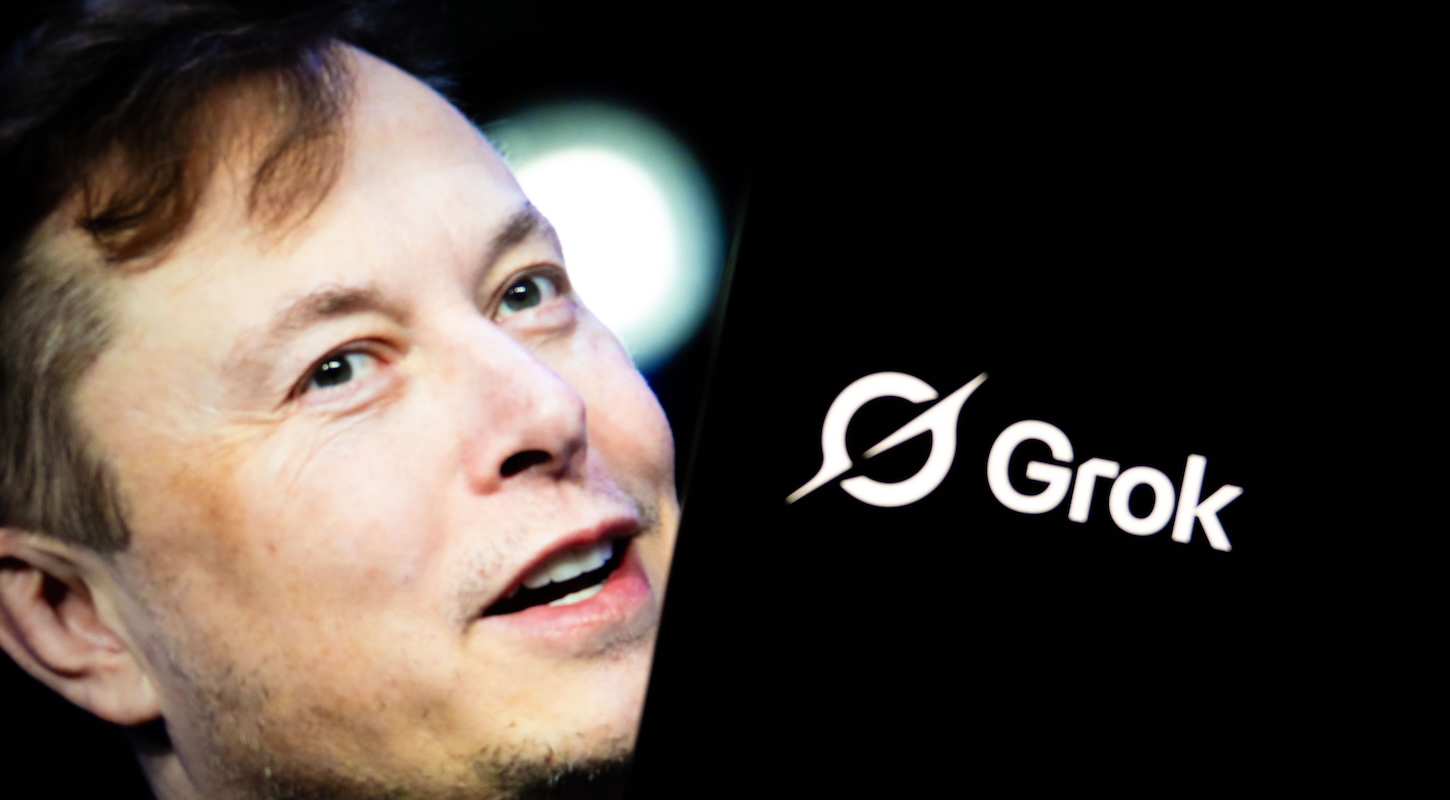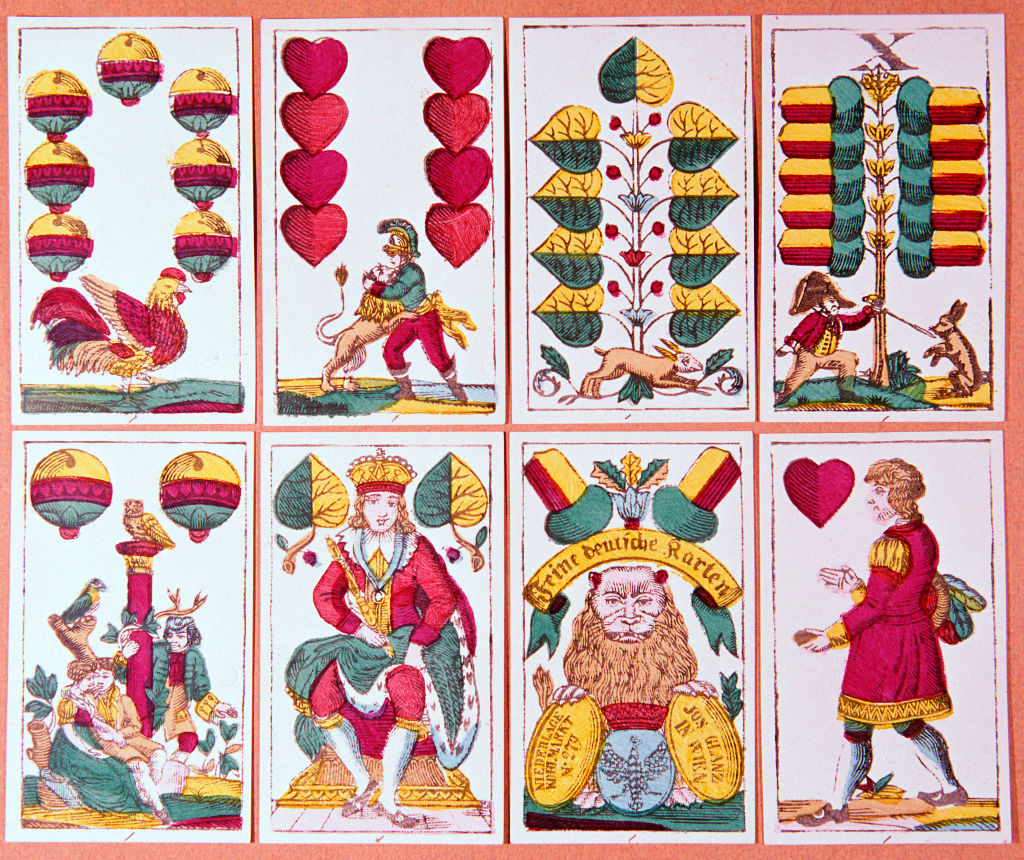It’s almost time for the 2023 World Cup. To help get you ready, we will be providing you with precious information about every team in the tournament. You can read all of our team previews here.
There is more to play for at a World Cup than just the trophy itself. Yes, there is one team that considers anything short of total victory to be a failure, and there are a handful more that enter the tournament with serious designs on winning it. But for the vast majority of the field, the countries that know better than to even dream about lifting the trophy, the goals they set for themselves must be a color other than golden.
Fortunately, there are as many ways to define success at the World Cup as there are teams. Some are simply happy to be there. Some aspire to make it past the group stage. Some aim to achieve a historical first, whether that be getting to the semifinals or even just winning a single match. To provide their tournament a sense of direction and meaning, every team in the competition has to assess what is realistically possible for them, fashion from that a galvanizing and attainable goal to pursue, and then go about getting it.
South Africa is in an interesting position in terms of what it could or should look to get from this World Cup. Presumably, they will not simply be happy to be there. Though qualification for the World Cup is indeed a huge accomplishment, the South Africans have given themselves enough of a platform over the years to strive for more. The core of the team going to New Zealand this summer already took Banyana Banyana to France four years ago at what was South Africa's first-ever World Cup. Though South Africa lost all three of their matches in France, they did manage to give Spain a good scare in a well-fought match, scored their first World Cup goal, and could come away feeling proud of how they had qualified for the tournament. They acquitted themselves admirably while there, and set a foundation upon which they could build in the future.
Banyana Banyana's performances in the years since the last World Cup show how they've grown. Though they failed to qualify for the 2020 Olympics, after having competed in the previous two editions, they did punch their ticket to New Zealand to maintain their new World Cup standard. Even more impressively, South Africa won the Africa Women Cup of Nations in 2022, beating host nation Morocco in the final. After having finished second in the AFCON five different times, the 2022 version was the very first time South Africa had ever been crowned queens of the continent.
So, coming into their second consecutive World Cup, fresh from their first taste of silverware, armed with a talented squad and a new sense of confidence, what should South Africa be shooting for this time around? Well, they are not going to win the World Cup. They are exceedingly unlikely to make a deep run, and even making it out of what is a tough group will be a major challenge. But in front of the eyes of the world, what South Africa could lay claim to is the mantle of Africa's best team.
Cameroon and Nigeria are the only African countries to ever make it to the knockout rounds of a Women's World Cup, both nations having done so twice. Nigeria, historically the hegemon of African women's soccer, is presently on shaky ground, and Cameroon is not in the tournament. The other Africans at the tournament, Zambia and Morocco, are making their World Cup debuts, and lack the experience and momentum South Africa will bring to New Zealand.
This all presents an opportunity for South Africa to solidify its continental supremacy by doing better in this tournament than any other African team, maybe even by equaling the continent's best-ever position by making it to the knockout round. It's a tough ask, especially since Banyana Banyana is on paper the weakest team in Group G. But that bar, high as it might be, is realistic, and should galvanize the squad around an attainable conception of South African success. All that's left is to go out and do it.
Who Is Their Star?
Thembi Kgatlana is all about speed. Her acceleration is such that when she knocks the ball forward and opens up her gait, it immediately looks like everyone else on the pitch is running in sand. You can see it in her highlight reel, almost every clip of which features her either blowing past everyone around her in a straight-line sprint or her using the threat of her speed to decelerate, turn, and hit off in a different direction, all while her nearest defenders still haven't finished adjusting to her original run. Kgatlana is simply too fast to keep up with.
While quickness is the foundation of the 27-year-old's game, it's not the only thing that makes her one of the more dangerous forwards in the game. She is a natural striker who has a poacher's instinct for positioning herself in the right place to gobble up goals, and also comes equipped with a venomous long-distance shot. Still, it's that truly elite speed, acceleration, deceleration, and movement that have brought her to the heights of the sport, which has seen her spend time in top leagues like America's NSWL (where she currently plays for Racing Louisville) and Spain's Liga F, and which makes her the biggest weapon for her national team.
Kgatlana tore her Achilles during a group-stage match of South Africa's eventually triumphant 2022 AFCON, which kept her off the pitch for almost an entire year. However, she's back healthy now, and her speed does not appear to be affected. As the focal point of South Africa's attack, she'll need to stay sharp and healthy if they are to have the kind of tournament they're capable of.
Tell Me About A Cool Youngster
Sure, 25 (but only just barely!) may be stretching the definition of youngster, but I don't really care. Linda Motlhalo is too cool not to talk about—or, better yet, to watch:
If Kgatlana is the fire that cooks South Africa's food, then Motlhalo is the knife, wielded expertly by one of those TV chefs whose deft and speedy chopping technique would leave you fingerless if you tried to imitate it. Motlhalo is one of those real-deal creators who justifies all the talk about soccer being "the beautiful game." She invents plays with her vision and slide-rule passes, which open pathways for her teammates to inflict damage on the opposing team. But she's at her best, and her most aesthetically pleasing, when she invents space for herself while solving problems with dribbles. She's pure silk with the ball, cutting and feinting and flicking her feet and the ball this way and that to slide right by anyone foolish enough to try to stop her. I love this video of her doing her thing in a training session, both for the quality of her touches and for the amusedly disbelieving faces of her teammates/defenders, who seem just as much in awe of her while ostensibly competing with her as we are watching it from afar:
As a creator, Motlhalo can play many different positions—at striker, behind a striker, on the wings, in central midfield. That last spot is probably where she'll spend most of her time at the World Cup, though it's not so much where she starts that make her great as it is where her skills take the ball and the game.
Who Is Their Enemy?
You will not be surprised to learn South Africa's players have had significant beefs with their own federation. Things got so bad that earlier this month, on the day the team was supposed to play a send-off friendly before heading Down Under, the players boycotted the match over a dispute with the federation about money. Thankfully, the federation has since patched things up with the players, so we can actually focus on an on-field enemy this time.
South Africa's big rival in international play is Nigeria. The Nigerians have held an iron grip on African women's soccer, having won 11 of the 14 editions of the AFCON and qualifying for all nine Women's World Cups. It's that status that South Africa will hope to consistently challenge from here on out, now that Banyana Banyana has built itself up as a real competitor for the title of Africa's best. Doing better than the Super Falcons this summer would help South Africa's efforts to establish itself as a legitimate rival for Nigeria.
National Folk Hero Who I Think Is Cool
Oskido is a major figure in South African house music, the country's wildly popular and influential electronic music scene. He's been around from the beginning, starting out back in the 90s when the end of apartheid opened up the country politically and socially, creating thriving communities like the one based around kwaito, a local genre of house that has been called the soundtrack to the end of apartheid. Oskido produced several hit songs from that scene, helping shape the kwaito sound. He's also a renowned DJ, one of the founders of the influential South African house record label Kalawa Jazmee, and has mentored some of the stars of subsequent generations of South African house. Salute the music legend by moving to the grooves of one of his influential mix compilations.
Scran Or Not Scran: National Dish Edition
Bobotie is a moussaka-like dish generally consisting of minced meat, fruit, and herbs, topped with a layer of cooked egg and milk. I've never had bobotie but I'm a big fan of moussaka, so I'm declaring this one scran.
What Would A Successful World Cup Look Like For This Team?
South Africa has never won a match across its nine games in the World Cup and the Olympics. Fixing that would be a major step in the right direction, as it could power them to a top-two finish in the group and could also give them a better tournament than Nigeria. Getting that first win should be South Africa's priority, and after that they can look forward to something possibly bigger.






